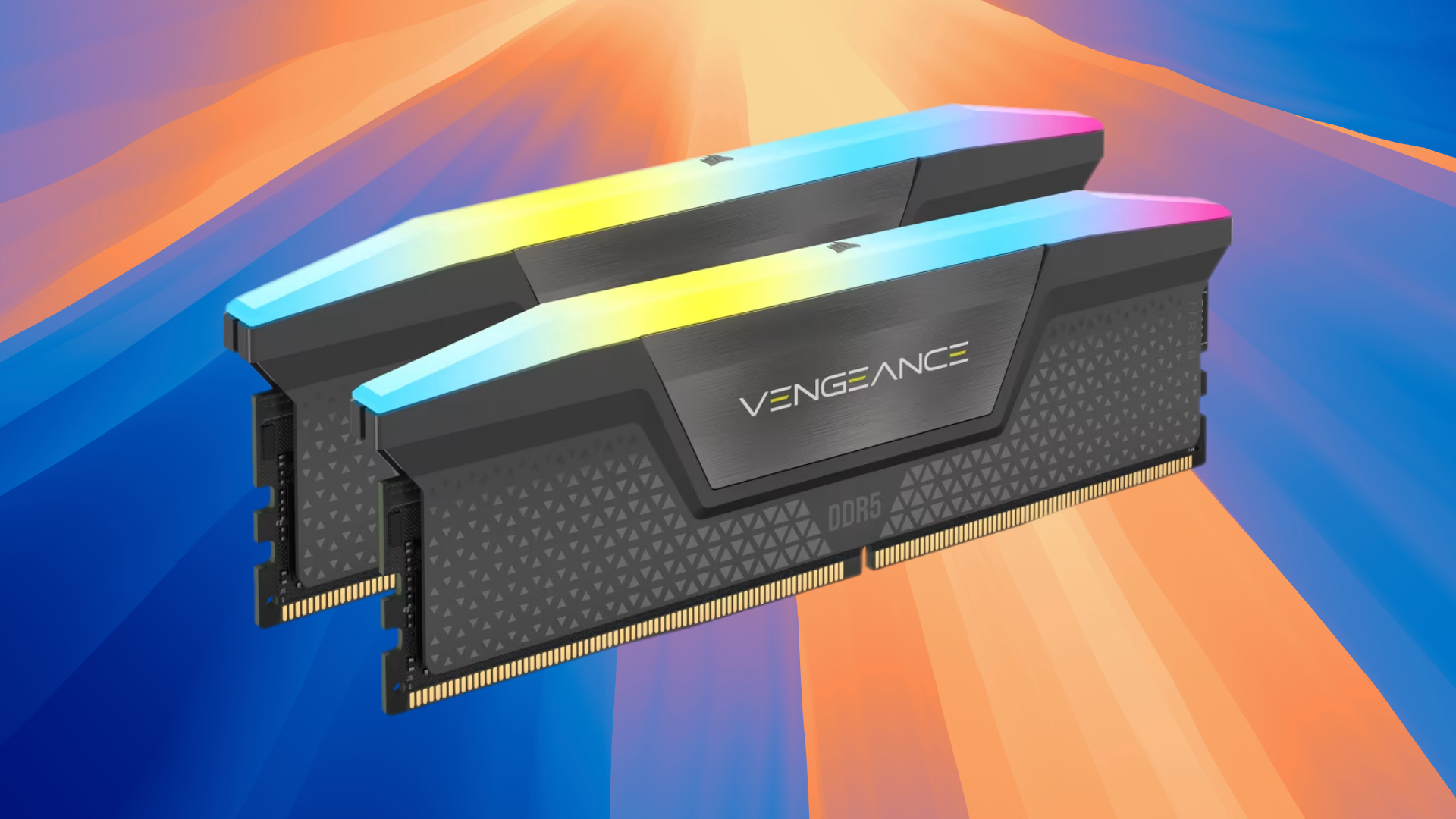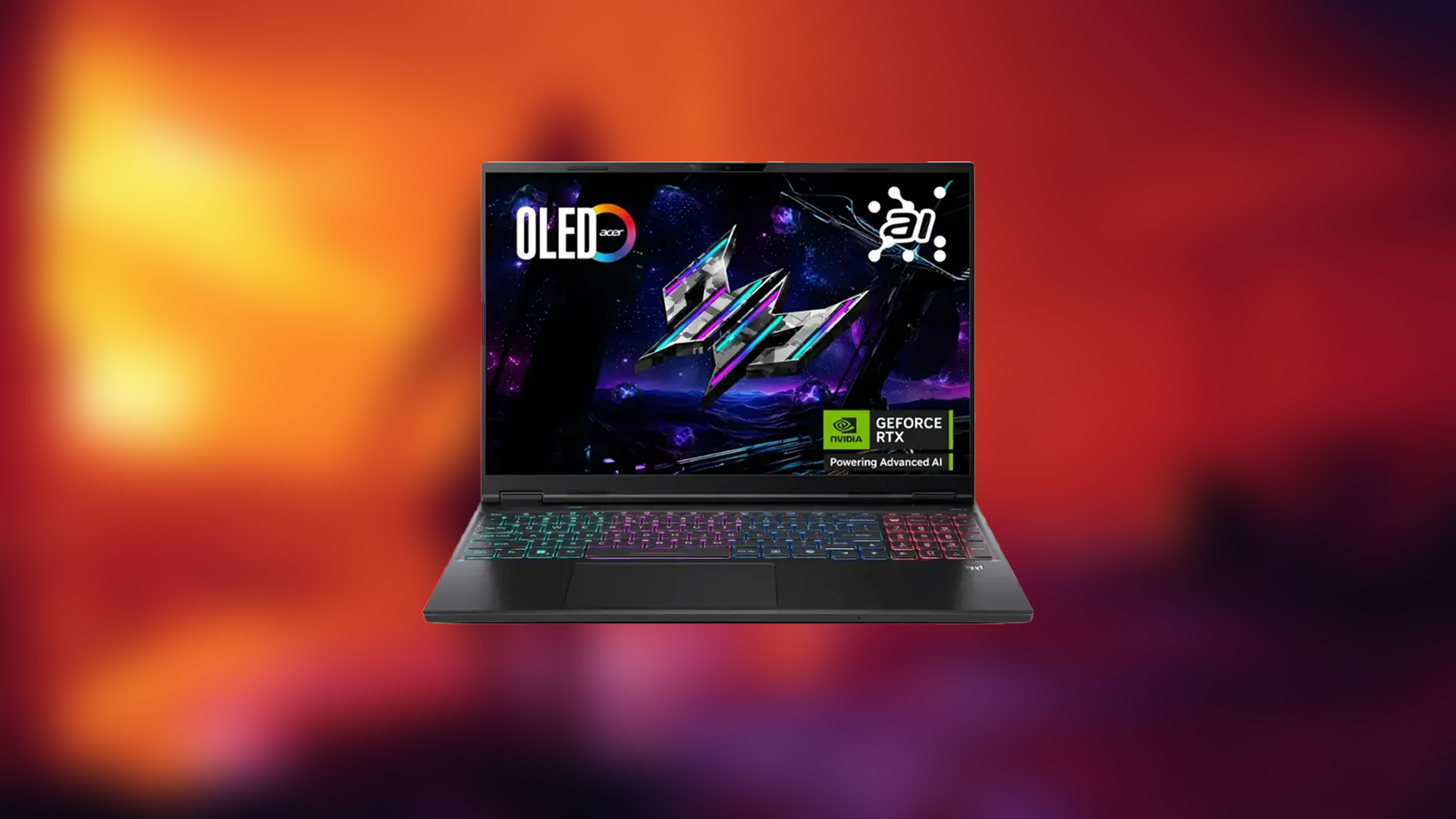These are the best overall settings to play Vampire The Masquerade Bloodlines 2 on your RTX 40 Series card, balancing visuals and frame rate.
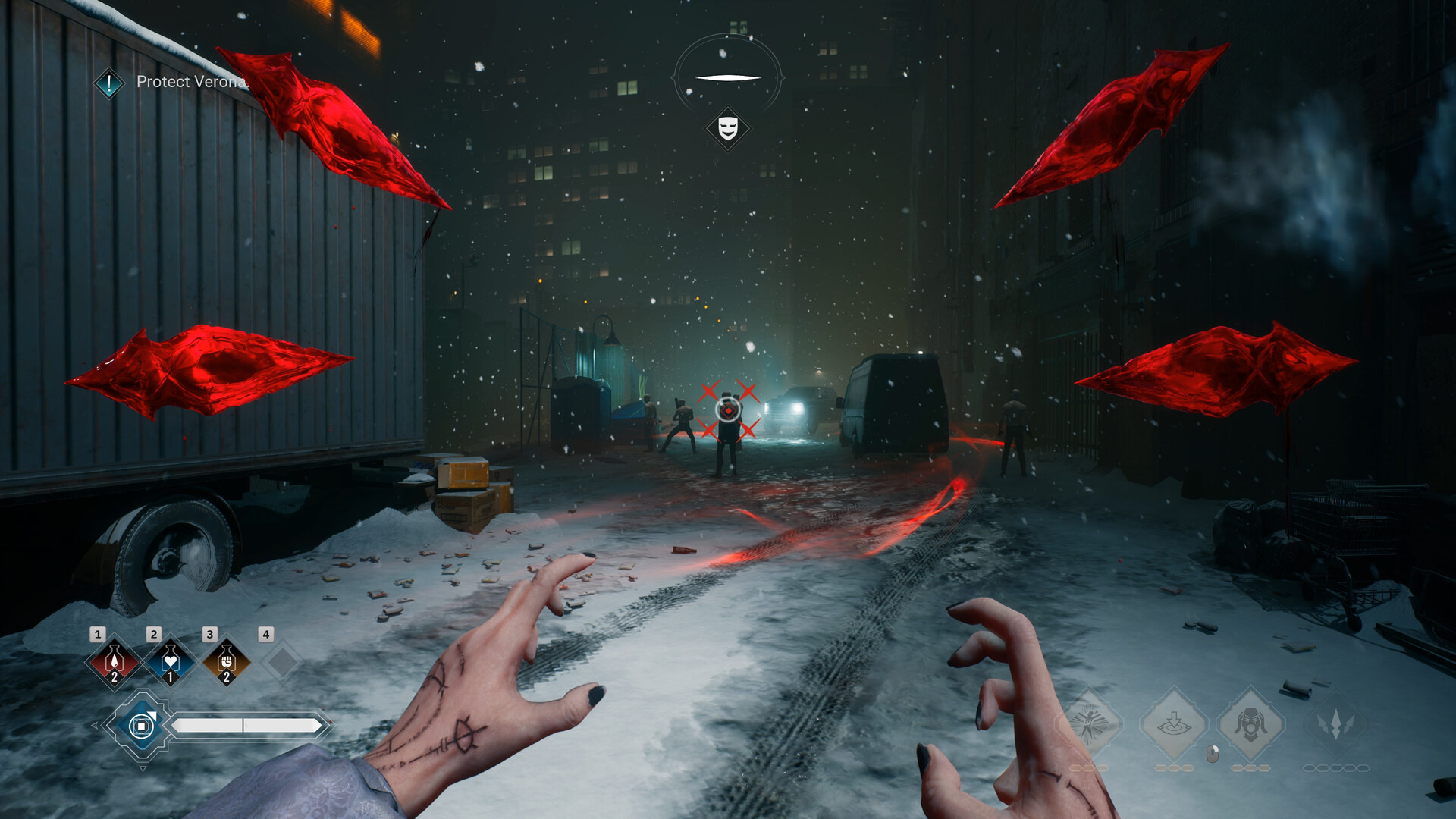
Vampire The Masquerade Bloodlines 2 is an incredibly story-rich game that looks spectacular. The developers built it using Unreal Engine 5 and implemented Lumen from the ground up. Ray-traced reflections and lighting make the visuals look phenomenal. However, the optimization is somewhat inconsistent. Your performance will vary widely depending on which area you are in.
That said, we are aiming for a high FPS as this is an ARPG game that benefits from low latency, providing responsive inputs. However, we are also keeping the visuals intact, as the changes we suggest won’t significantly alter the look and feel of the game.
Note: Using DLSS in this game drastically changes how the game looks and feels. The image is instantly made soft, and this is apparent even with the Quality upscaling, completely getting in the way of the game’s aesthetics. We are using DLAA in this game and entirely turning off any form of upscaling.
Read More: Vampire The Masquerade Bloodlines 2: All Achievements and Trophies
Vampire The Masquerade Bloodlines 2 – Best Settings for RTX 4060, RTX 4060 Ti, RTX 4070
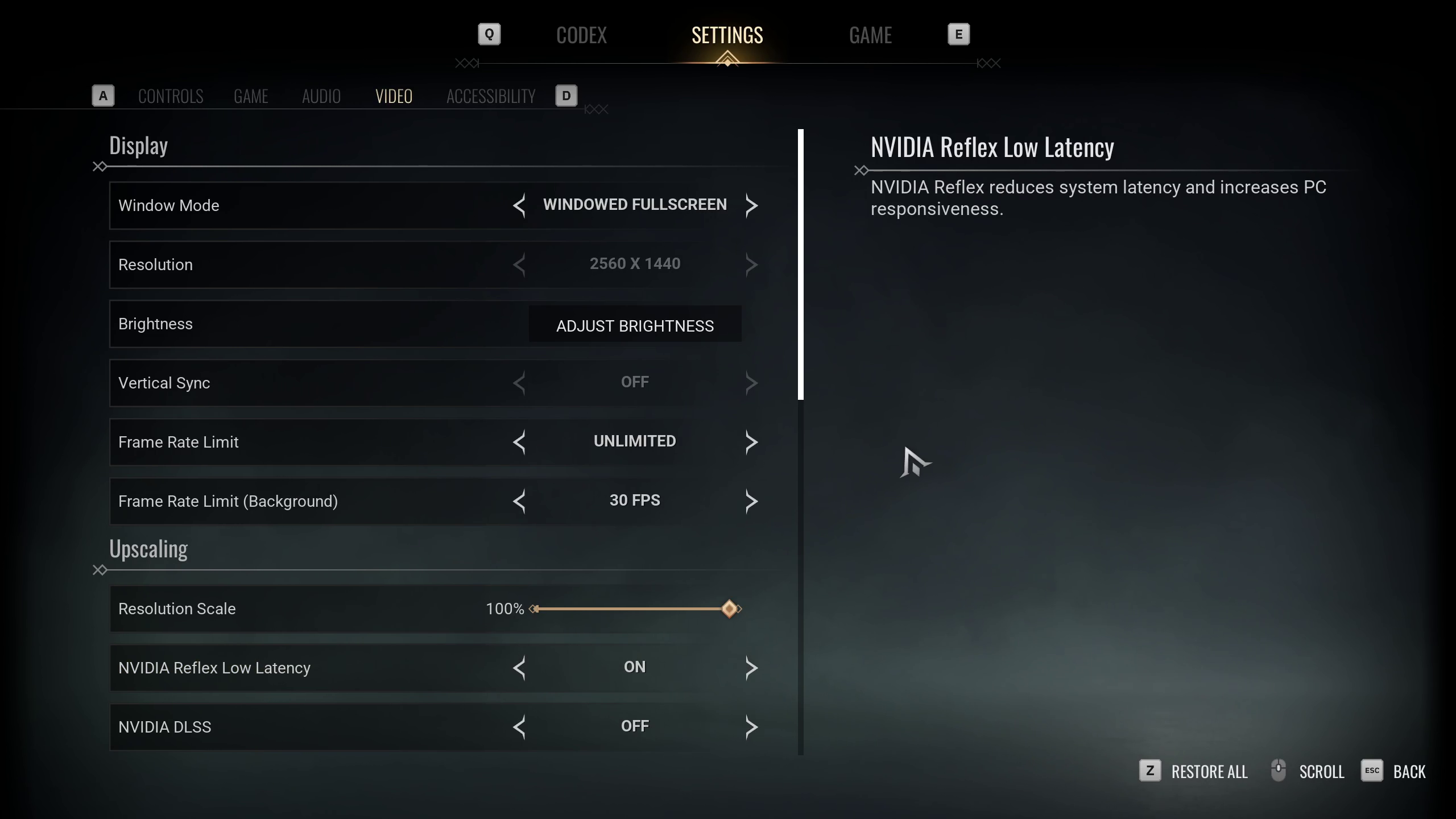
For RTX 4060 and up to RTX 4060 Ti, if performance drops below 60 in intense combat, we recommend temporarily enabling upscaling for that specific zone or fight. Once the fight is over, you can revert.
With the kind of computing power the RTX 4070 possesses, these settings should deliver a solid 60+ FPS even in heavy combat. That said, you will require a CPU with power within the Core i5 12600 KF territory, or you will be heavily CPU-bound.
Best Settings Explored
| Setting | Value |
|---|---|
| Window Mode | Windowed Fullscreen |
| Resolution | 1920 x 1080 |
| Brightness | Adjust Brightness |
| Vertical Sync | Off |
| Frame Rate Limit | Unlimited |
| Frame Rate Limit (Background) | 30 FPS |
| Resolution Scale | 100% |
| NVIDIA Reflex Low Latency | On |
| NVIDIA DLSS | Off |
| NVIDIA DLSS Mode | DLAA / DLSS |
| NVIDIA DLSS Frame Generation | Off |
| AMD FSR 3.1 | Off |
| AMD FSR 3.1 Quality | N/A |
| AMD FSR 3.1 Frame Generation | Off |
| Quality Presets | Custom |
| Global Illumination | Medium |
| Shadows | Medium |
| Anti-Aliasing | Medium |
| View Distance | Far |
| Texture Quality | High |
| Effects | Medium |
| Reflections | Medium |
| Post Processing | Medium |
Vampire The Masquerade Bloodlines 2 – Best Settings for RTX 4070 Super, RTX 4070 Ti, RTX 4070 Ti Super, RTX 4080, RTX 4080 Super, and RTX 4090
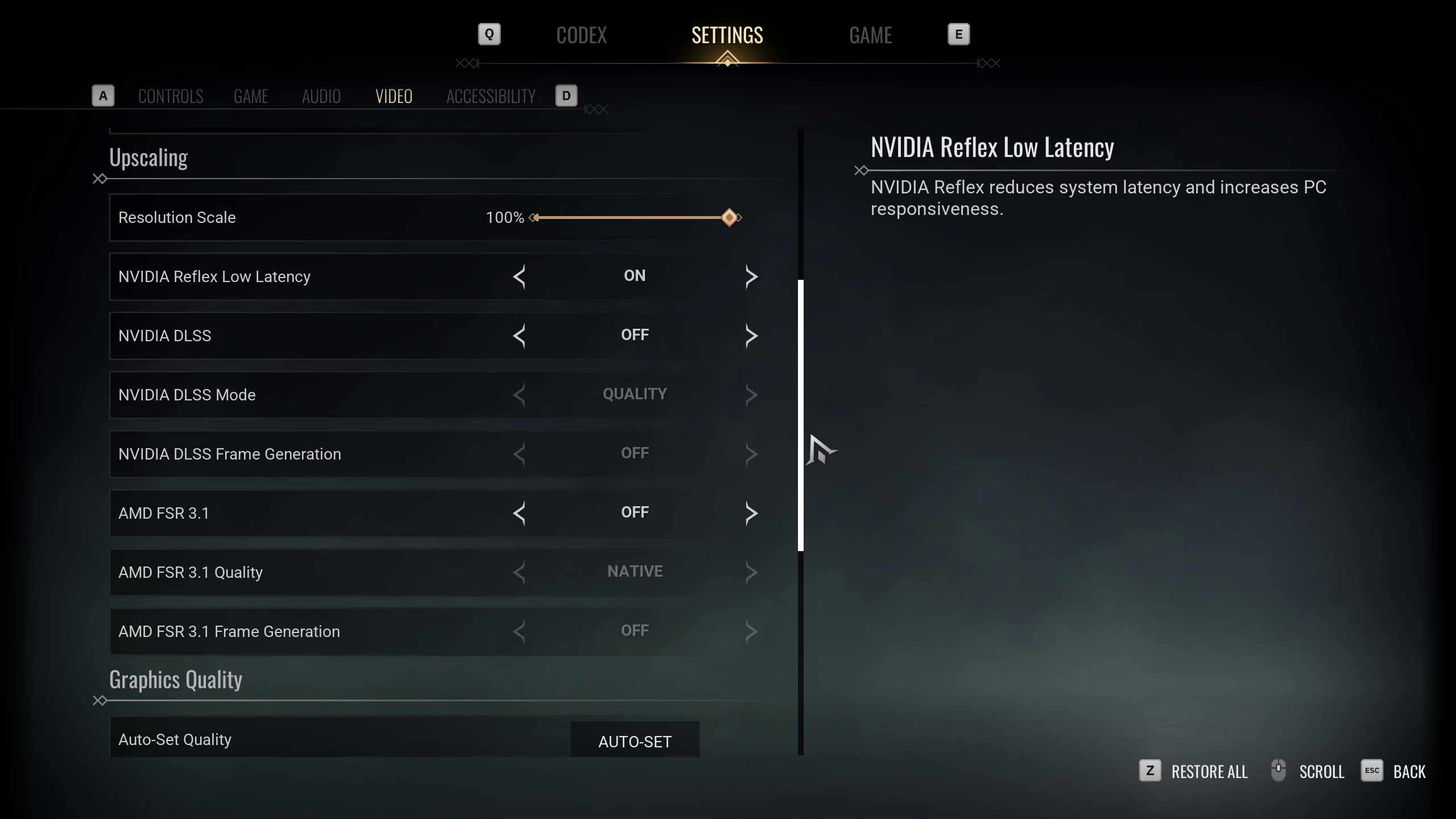
On RTX 4070 Super, the settings below will give you 60+ FPS, but not everywhere. Since the resolution is 1440p, we suggest temporarily using upscaling on heavy combat, then disabling it thereafter.
With GPU power such as RTX 4070 Ti Super and till RTX 4080 Super, even in intensive fights, you will be within the 60 FPS mark. However, if performance drops, try turning on upscaling or reducing Ambient Occlusion and Post Processing to see how things fare.
With an RTX 4090, you should be able to enjoy these settings and maintain a high frame rate throughout the game, provided you have a CPU with computing power within the Core i7 14700K territory.
Best Settings Explored
| Setting | Value |
|---|---|
| Window Mode | Windowed Fullscreen |
| Resolution | 2560 x 1440 |
| Brightness | Adjust Brightness |
| Vertical Sync | Off |
| Frame Rate Limit | Unlimited |
| Frame Rate Limit (Background) | 30 FPS |
| Resolution Scale | 100% |
| NVIDIA Reflex Low Latency | On |
| NVIDIA DLSS | Off |
| NVIDIA DLSS Mode | DLAA / DLSS |
| NVIDIA DLSS Frame Generation | Off |
| AMD FSR 3.1 | Off |
| AMD FSR 3.1 Quality | N/A |
| AMD FSR 3.1 Frame Generation | Off |
| Quality Presets | Custom |
| Global Illumination | Ultra |
| Shadows | High |
| Anti-Aliasing | Ultra |
| View Distance | Ultra |
| Texture Quality | Ultra |
| Effects | High |
| Reflections | High |
| Post Processing | High |
Read More: How Long To Beat Vampire The Masquerade Bloodlines 2
We provide the latest news and “How To’s” for Tech content. Meanwhile, you can check out the following articles related to PC GPUs, CPU and GPU comparisons, mobile phones, and more:
- 5 Best Air Coolers for CPUs in 2025
- ASUS TUF Gaming F16 Release Date, Specifications, Price, and More
- iPhone 16e vs iPhone SE (3rd Gen): Which One To Buy in 2025?
- Powerbeats Pro 2 vs AirPods Pro 2: Which One To Get in 2025
- RTX 5070 Ti vs. RTX 4070 Super: Specs, Price and More Compared
- Windows 11: How To Disable Lock Screen Widgets
 Reddit
Reddit
 Email
Email
